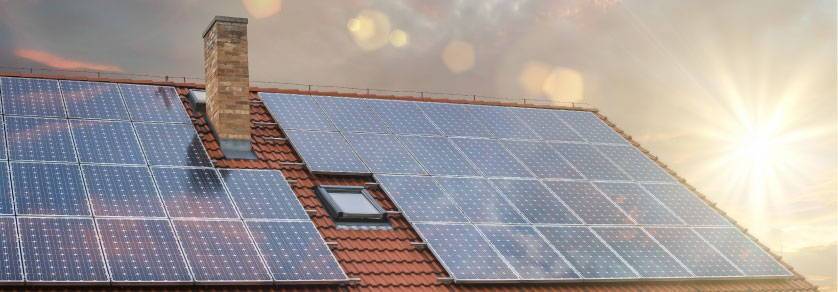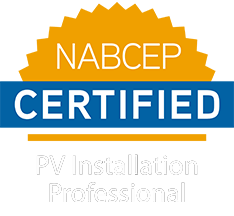Is Your Roof a Good Match for Solar?

6 Roof Qualities Solar Installers Look For
With solar installation becoming an affordable option for many, it comes as no surprise that it’s considered the fastest growing energy source in the world. In the last decade, solar energy has seen an average annual growth rate of 54%. As homeowners begin the process of solar shopping, one of the first questions asked should be: “How suited is my roof for solar panel installation?”
Is your roof suitable for solar installation?
Apart from newer, custom residential buildings built with solar installation in mind, almost no one has the perfect roof for solar. The good new is, solar panels are designed to be compatible with most types of roofing. If you’re thinking about switching to solar, here are the roof qualities you need to consider to determine if your home is ready.
1) Direction of the roof
Photovoltaic panels are most effective on a broad, south facing roof (at least in the northern hemisphere). This direction allows the panels to get the most sunlight over the course of the day. If you want to know the direction your roof is facing, look up your address on Google Maps.
Find true south using the grid and then compare your roof.
But this doesn’t mean that east or west-facing roofs don’t have potential. Installers have a way of improving their performance by adjusting the tilt of the panels.
2) Pitch angle of the roof
Compared to direction, the angle of your roof has less impact on panel performance. The ideal pitch should be equal to the latitude of the location where it is installed. Angles between 30 and 45 degrees work best in most situations. However, flat roofs can still go solar as long as installers mount the panels at the right angle.
3) Roof size and shape
The size of your roof determines the number of solar panels you can install. The rule of thumb is to allocate 100 sq feet of roof space for every Kw of your system size. Since the average solar system size for homes in the U.S. is 5Kw, this means you’ll need about 500 sq ft of space for installation. Obstructions like skylights, dormers, and chimneys will need to be considered during the design phase.
4) Amount of shade on the roof
Shading reduces the output and efficiency of a solar panel. It can be the result of tall trees around your house or nearby buildings, or even your roof’s own chimney. Your installer assesses these factors before installation to help minimize their effects as much as possible. In most cases, trimming just a few branches may suffice.
5) Age of your roof
Because solar panels can last for 25 to 40 years, checking your roof for signs of damage prior to installation is highly recommended. A damaged roof may worsen due to the added weight of the panels, leading to cracks and leaks which are more costly to repair. To avoid financial risks, make sure that your roof is in good shape.
6) Material of your roof
Solar installers can put panels on most types of roofing materials, including asphalt, metal standing seam, clay tile, EPDM rubber, and thermoplastics. Slate and wood roofing often require a more experienced installer. These types are more complicated to install on because they can break easily.
Wondering if your roof is suitable for solar? Sign up for our free Sun Analysis report below to find out! It is built by our array designers and allows us to create an accurate proposal for the true cost of a system for your home. We would love to join you on your solar journey!



